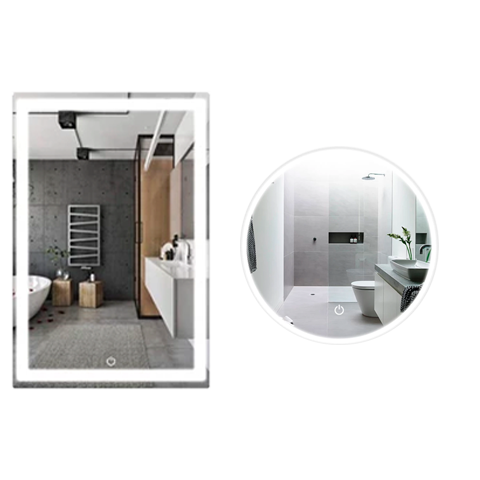Rebate Eligibility

Since last September, lighting manufacturers have been submitting their products to qualify for DLC 4.0 requirements. These revised qualifications went into effect on January 1st, 2017. You may be wondering, “What exactly is the Design Lights Consortium (DLC)?” According to their homepage, they are “a non-profit organization whose mission is to drive efficient lighting,” but rebates are the biggest reason for consumers to look for DLC when shopping for lighting products. The DLC is supported by 85 member organizations, most of which are electric utility companies. These companies often offer rebates on eligible products based on the standards set by the DLC.
Why Does the DLC Matter?
Here’s the short answer. Seeing the DLC logo on your lighting choices is also an easy way to tell you’re picking one of the most energy efficient, high-performance products. The DLC publishes their Qualified Products List (QPL) to help utility members determine which LED products are good enough for inclusion in their rebate programs. Lighting technology has improved dramatically over the past decade, so it can be difficult for consumers to know which energy efficient products are the right choices for them.
The DLC is doing the work so you don’t have to spend time researching and comparing several products to find which are the most energy efficient. They evaluate lighting products based on their standards for Lumen output, wattage, power factor, color temperature, color rendering index, dimmability, and integrated sensors and controls.

What Are the New 4.0 Standards?
The main change from 3.0 to 4.0 is in regards to an LED’s efficacy, which is usually measured in LPW, or Lumens per Watt. The more efficient an LED is, the more Lumens you’ll get out of its wattage. The minimum efficacy rating is different for each type of light fixture or bulb, so there isn’t a set number across the board. As an example, in order to qualify for DLC Premium, linear LED troffers have gone from a minimum of 110 LPW to 125 LPW. That’s about a 14% rise in the light emitted from the fixture while using the same amount of electricity. Qualified products must also have a minimum warranty of 5 years, a Kelvin color temperature no higher than 5700, and meet type-specific standards for CRI and life hours.
Lighting manufacturers have known about the change for a while now (at least we hope so), so packaging will often have the DLC logo on it, but you can also search for specific products on the DLC website. The cut off for DLC 3.0 was April 1st. So if you’re looking for those rebates, make such you’re choosing products that are up to date with 4.0. To make things simple, we place a banner at the top of our product pages to help you quickly identify which products are DLC 4.0 qualified. We’ve also taken the banner off of any DLC 3.0 products that no longer qualify, to help you make the right purchasing choice when looking for rebates.



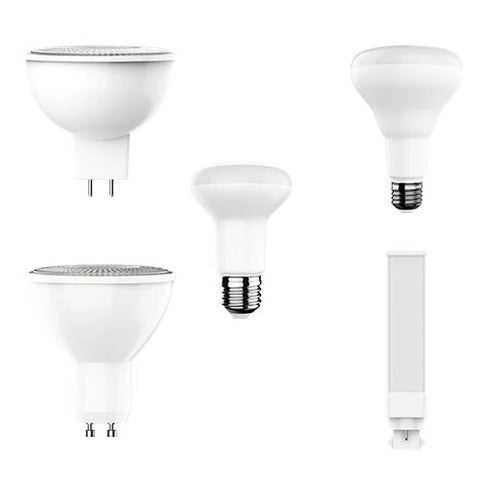 LED Bulb
LED Bulb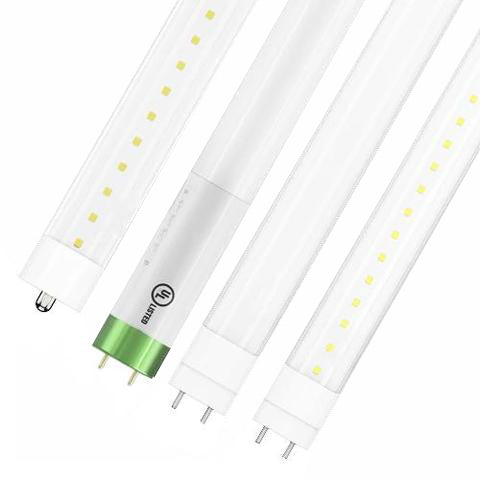 LED Tube
LED Tube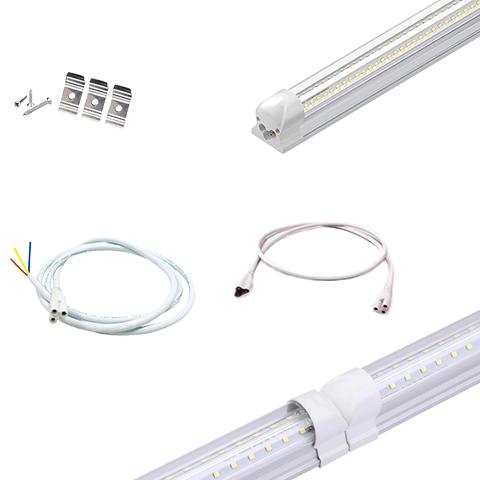 LED Integrated Tube
LED Integrated Tube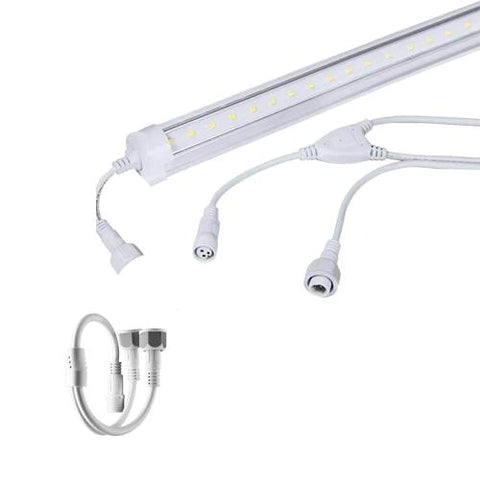 LED Cooler Tube
LED Cooler Tube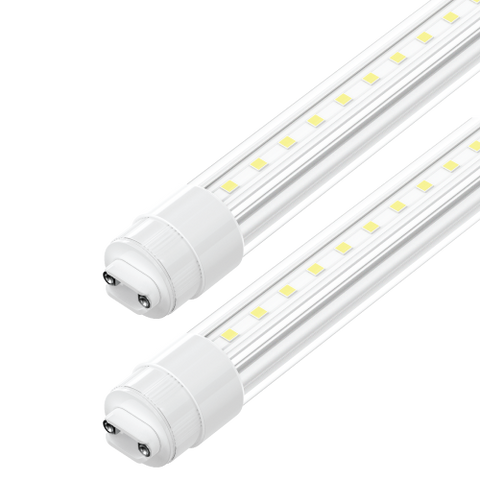 LED Sign Tube
LED Sign Tube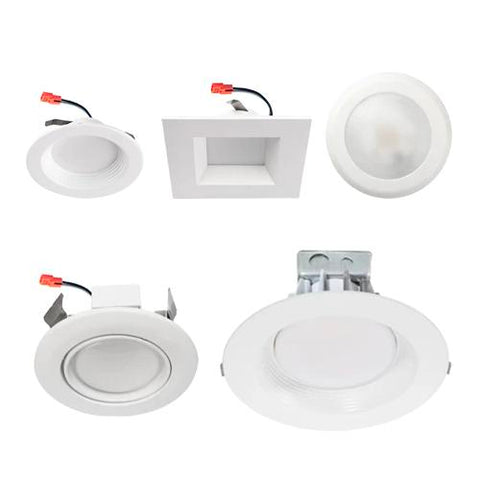 LED Downlights
LED Downlights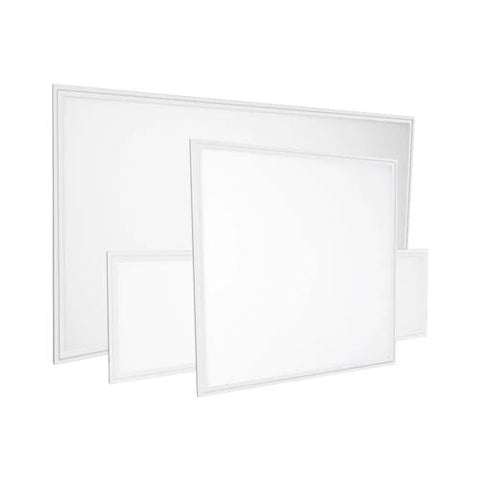 LED Panel
LED Panel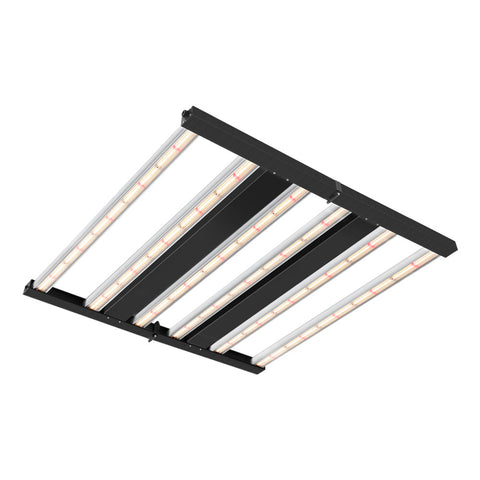 LED Grow Light
LED Grow Light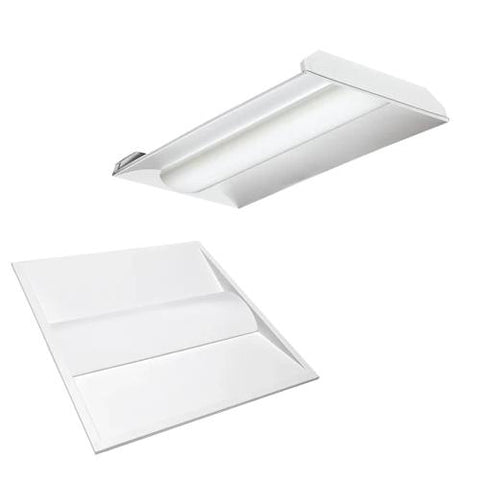 LED Troffer Lights
LED Troffer Lights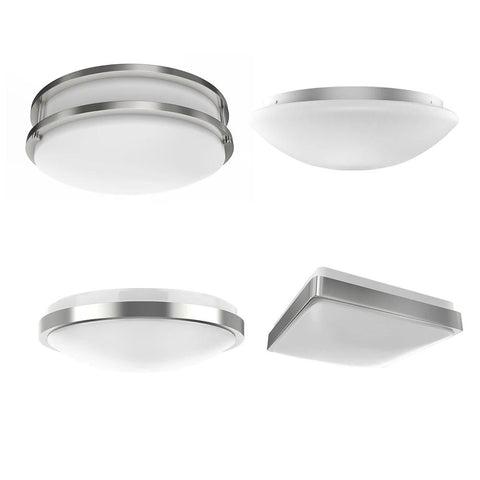 LED Flush Mount Fixtures
LED Flush Mount Fixtures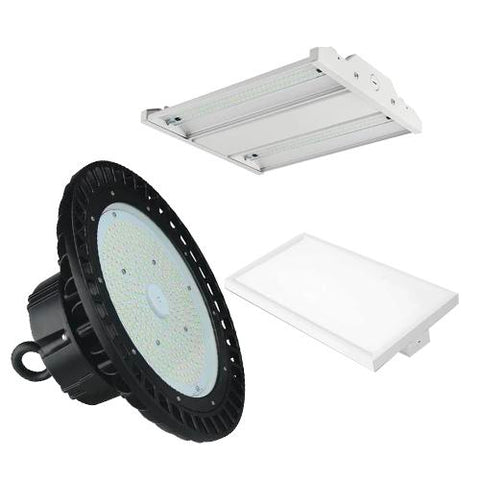 LED High Bay
LED High Bay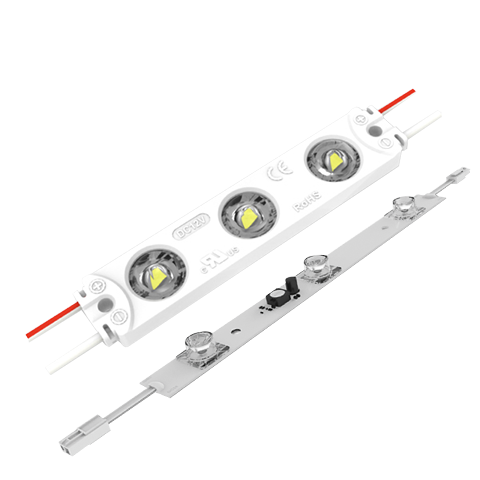 LED Modules & Sign Bars
LED Modules & Sign Bars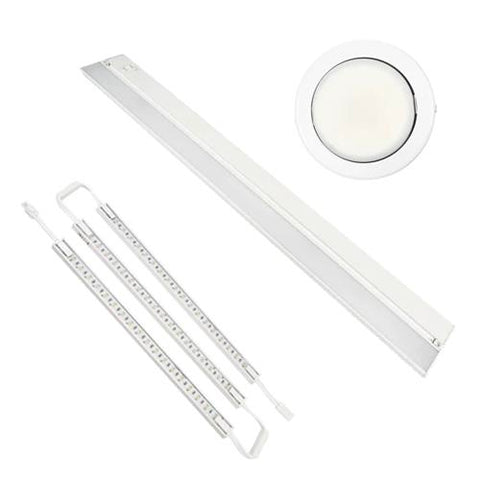 LED Under Cabinet Lights
LED Under Cabinet Lights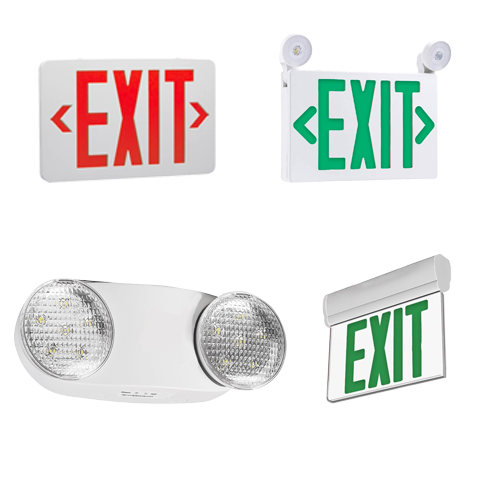 LED Exit Sign /Emergency Lights
LED Exit Sign /Emergency Lights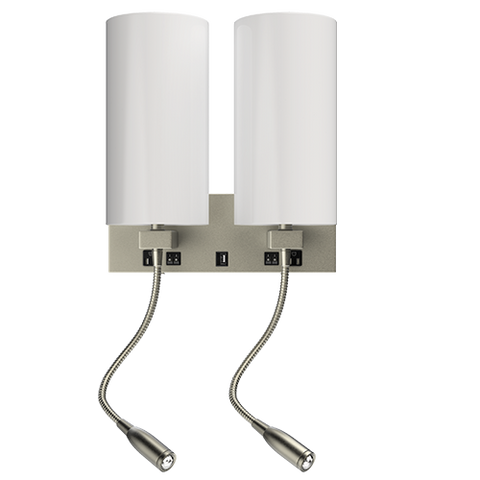 Wall Sconce
Wall Sconce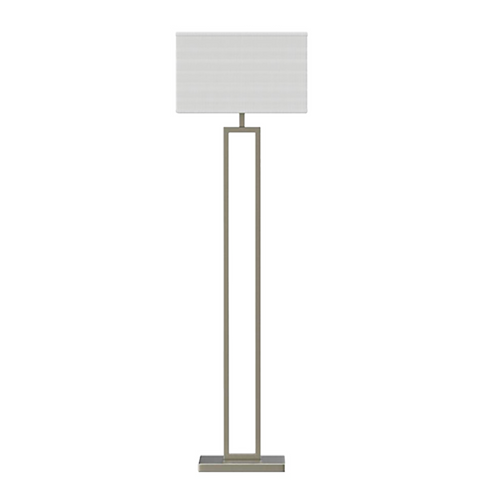 Floor Lamps
Floor Lamps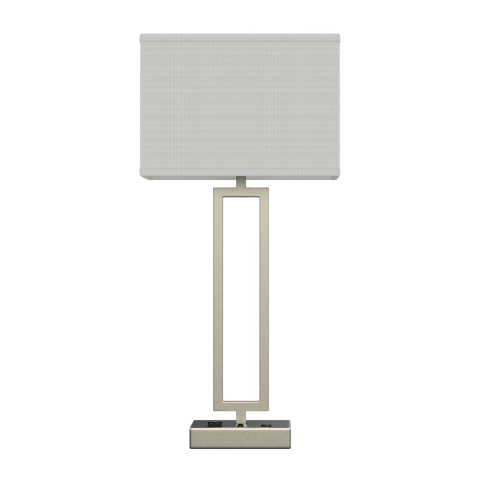 Table Lamp
Table Lamp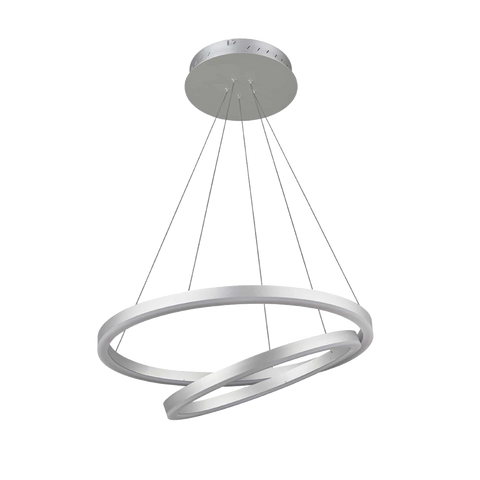 Pendants
Pendants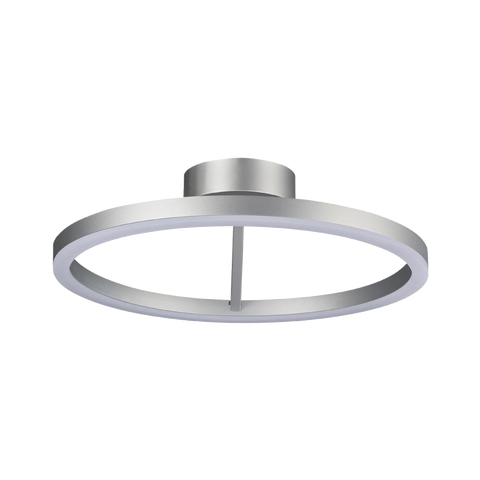 Semi-Flushmounts
Semi-Flushmounts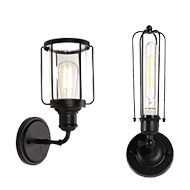 Vanity Lights
Vanity Lights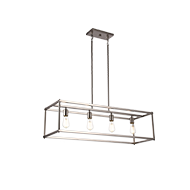 Chandeliers
Chandeliers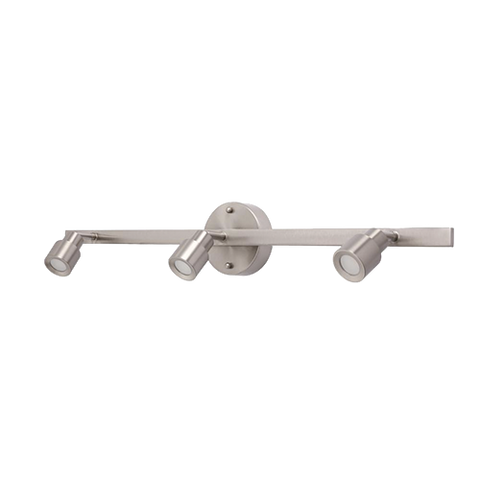 Track Light
Track Light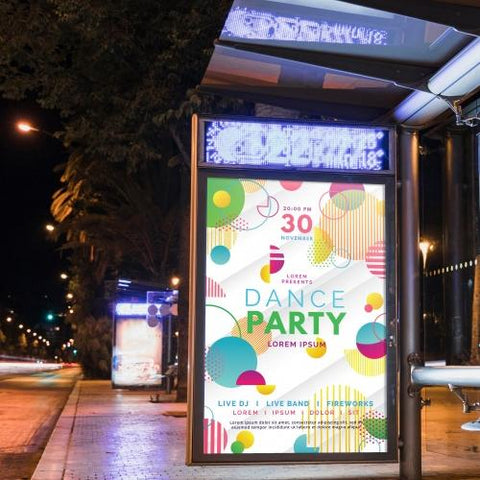 Sign Lights
Sign Lights
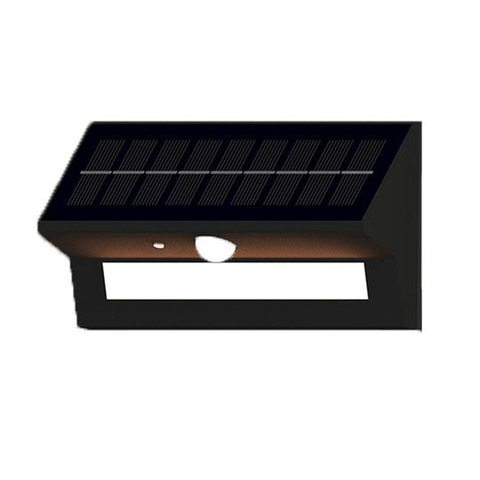 LED Solar Lights
LED Solar Lights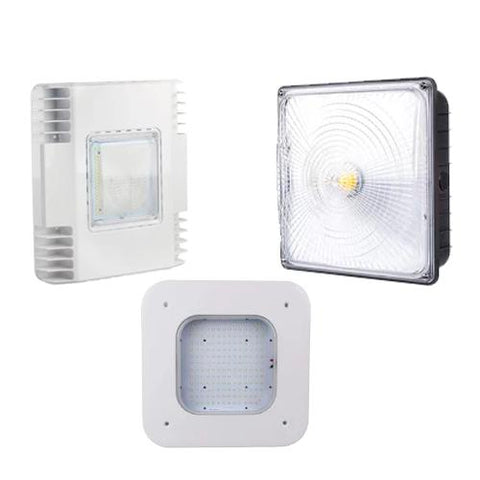 LED Canopy
LED Canopy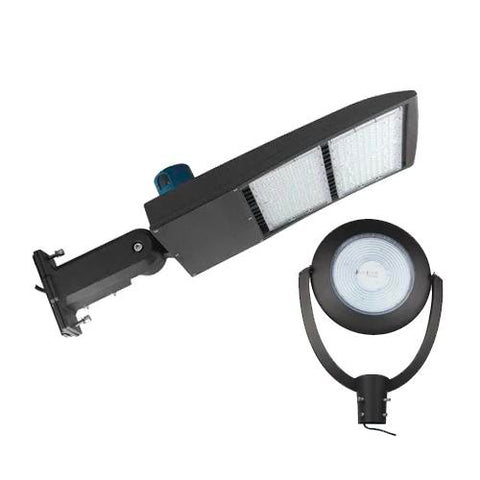 LED Pole Lights
LED Pole Lights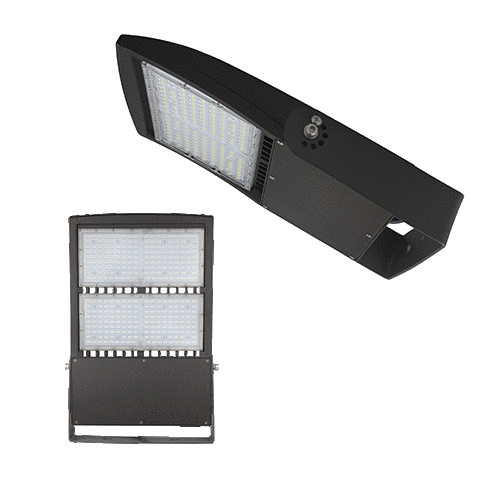 LED Flood Lights
LED Flood Lights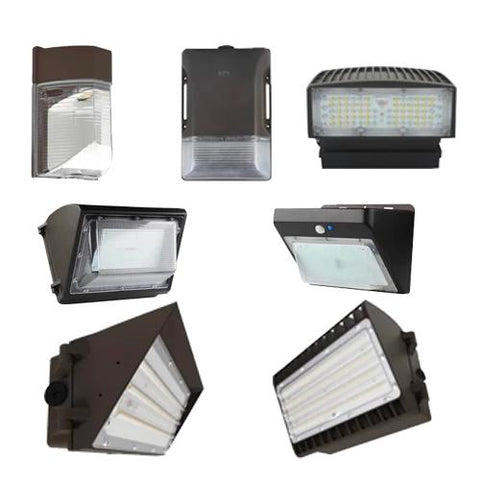 LED Wall Pack
LED Wall Pack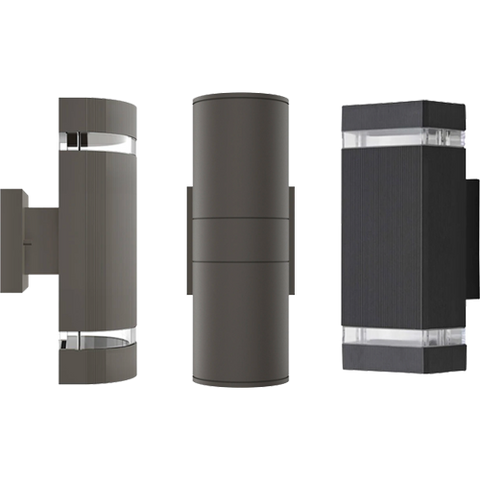 Up and Down Lights
Up and Down Lights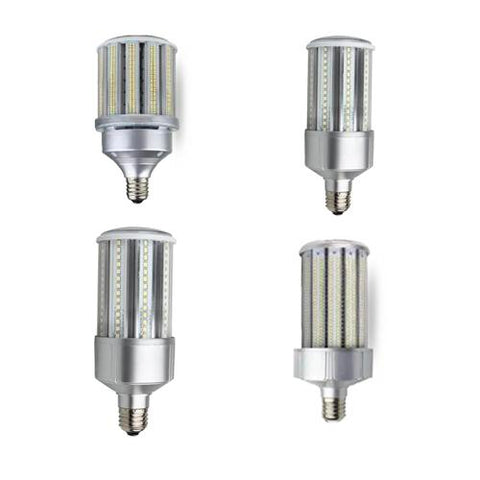 LED Corn Bulb
LED Corn Bulb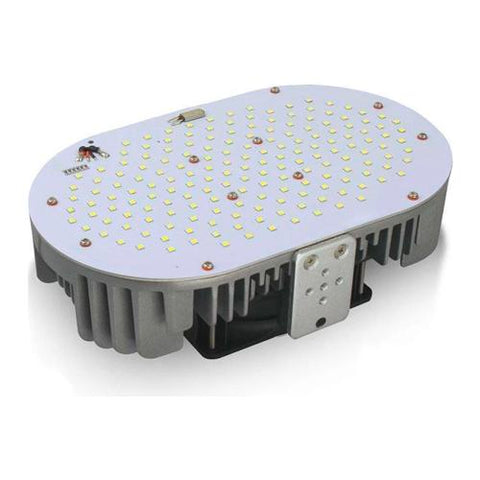 LED Retrofit Kits
LED Retrofit Kits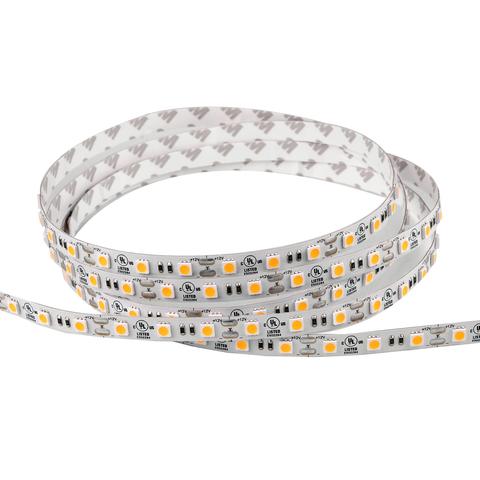 LED Strip Lights
LED Strip Lights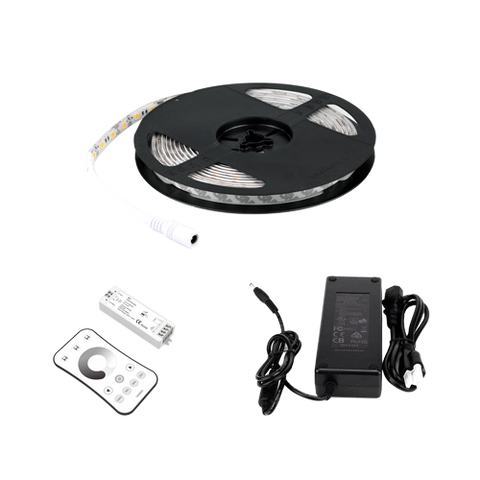 LED Strips Light (KIT)
LED Strips Light (KIT)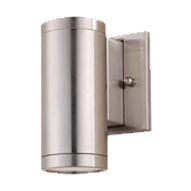 Outdoor Wall Lighting
Outdoor Wall Lighting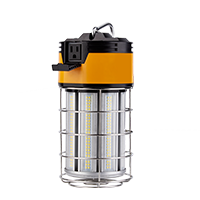 LED Work Lights
LED Work Lights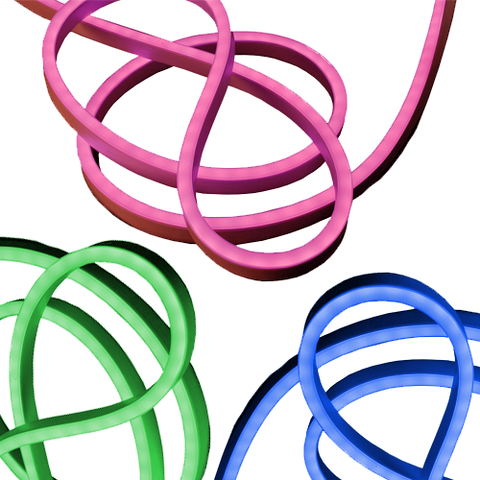 LED Neon Rope Light
LED Neon Rope Light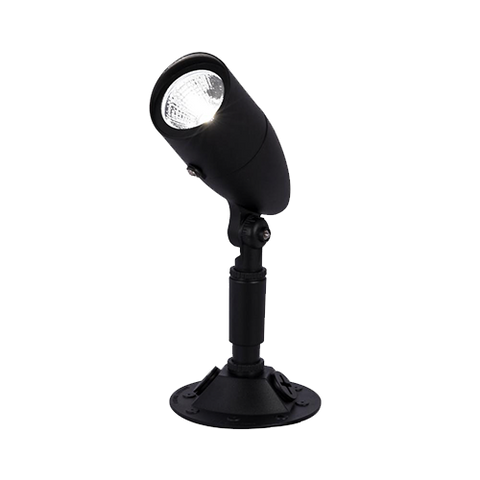 Spot Lights
Spot Lights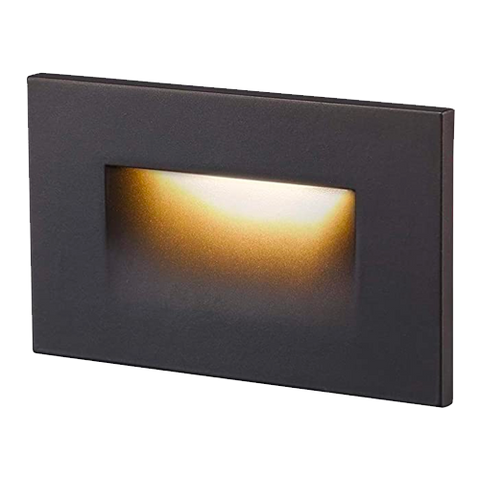 Step Lights
Step Lights

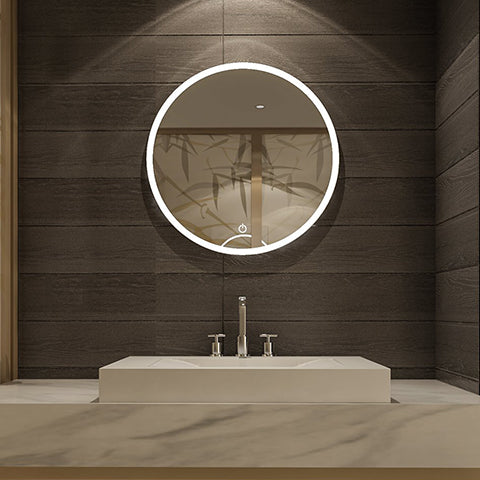 22 Inch Round
22 Inch Round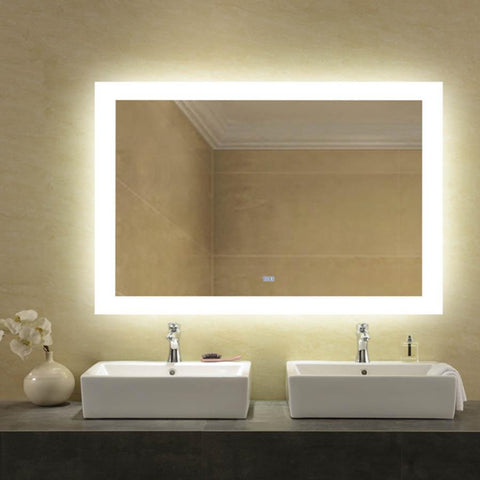 24x36 Inch
24x36 Inch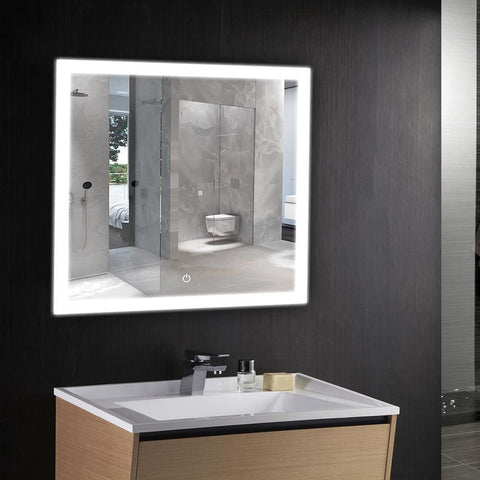 36x36 Inch
36x36 Inch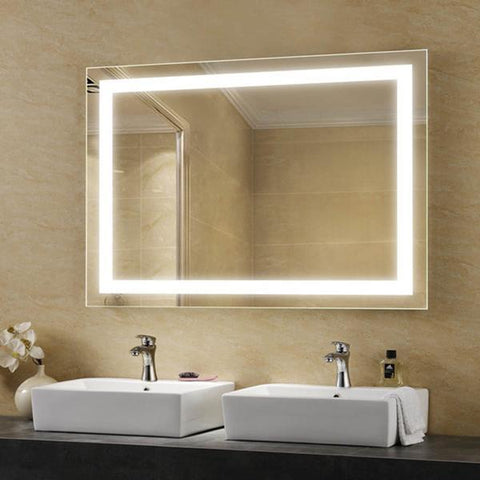 36x48 Inch
36x48 Inch